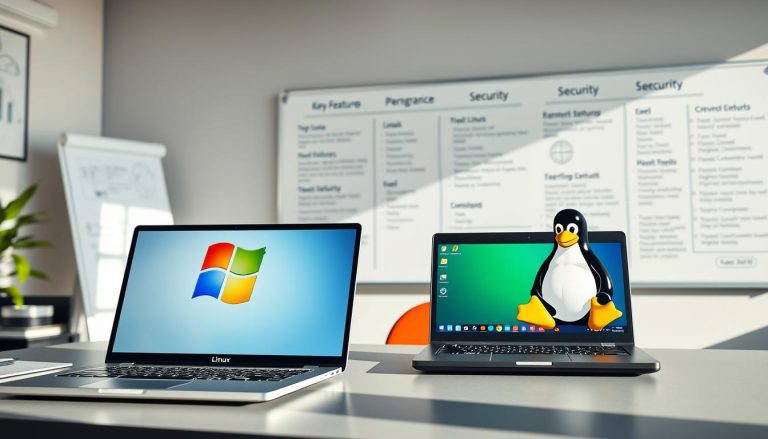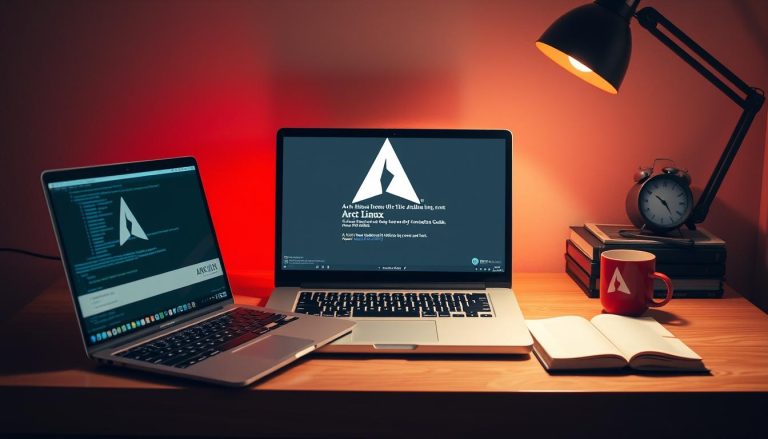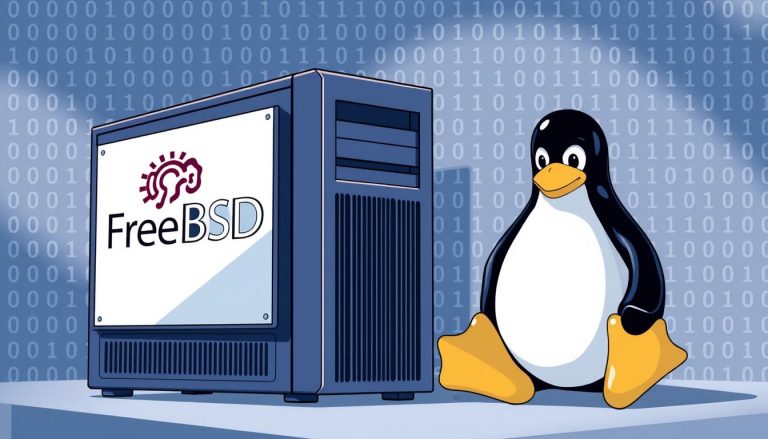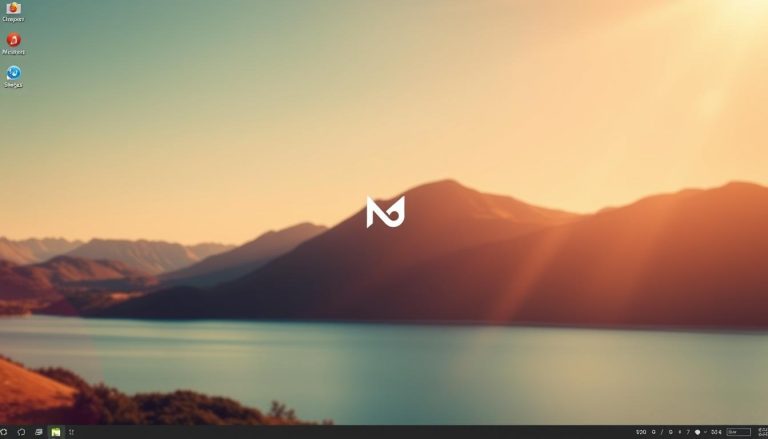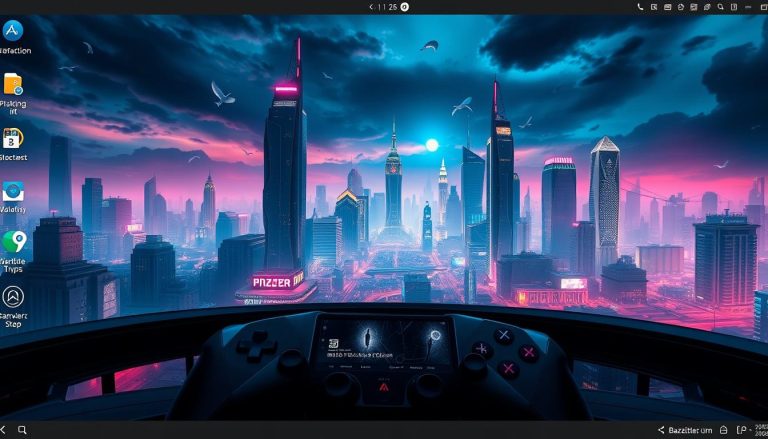Dual Boot Windows 10 and Linux: Our Expert Guide
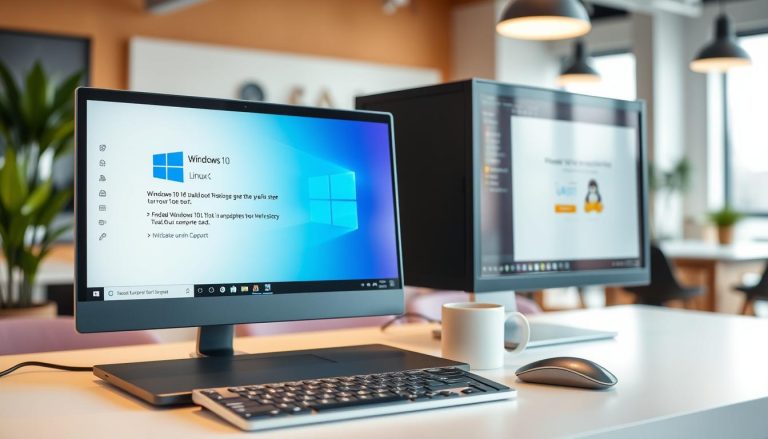
What if you could experience the power of two complete computing environments on a single machine without compromise? Many technology enthusiasts find themselves torn between the familiar territory of their current setup and the exciting possibilities of alternative platforms. The…
